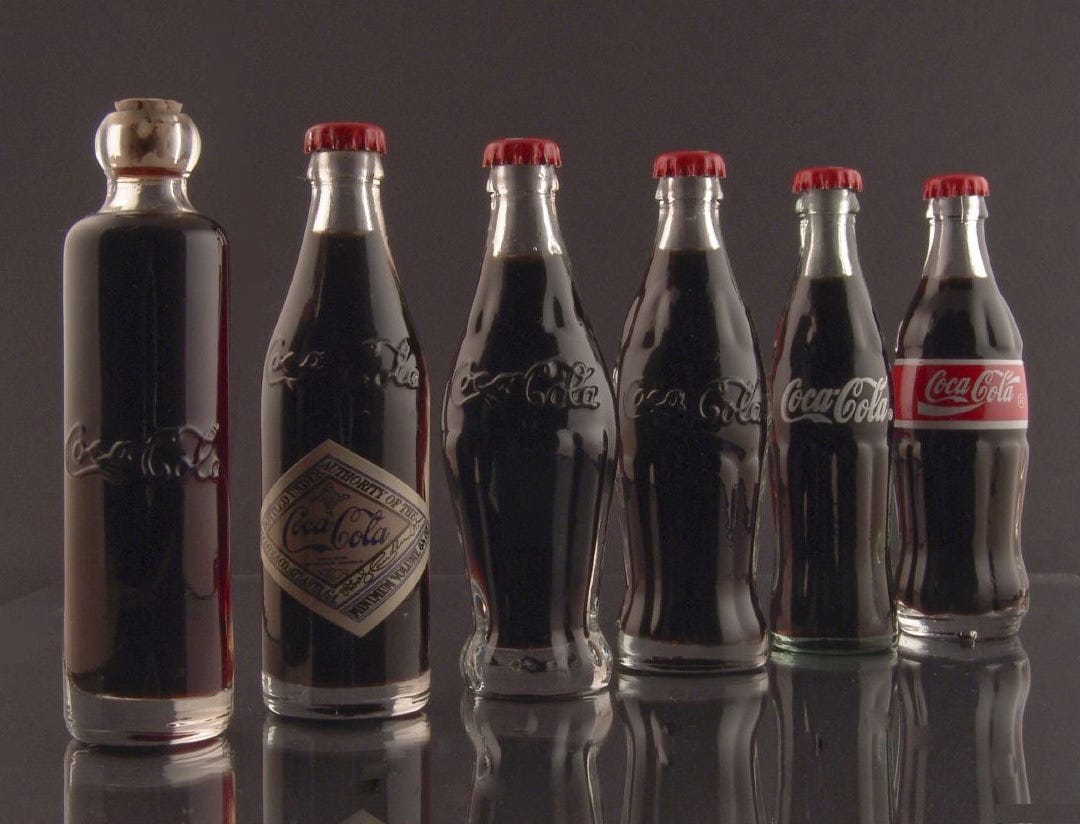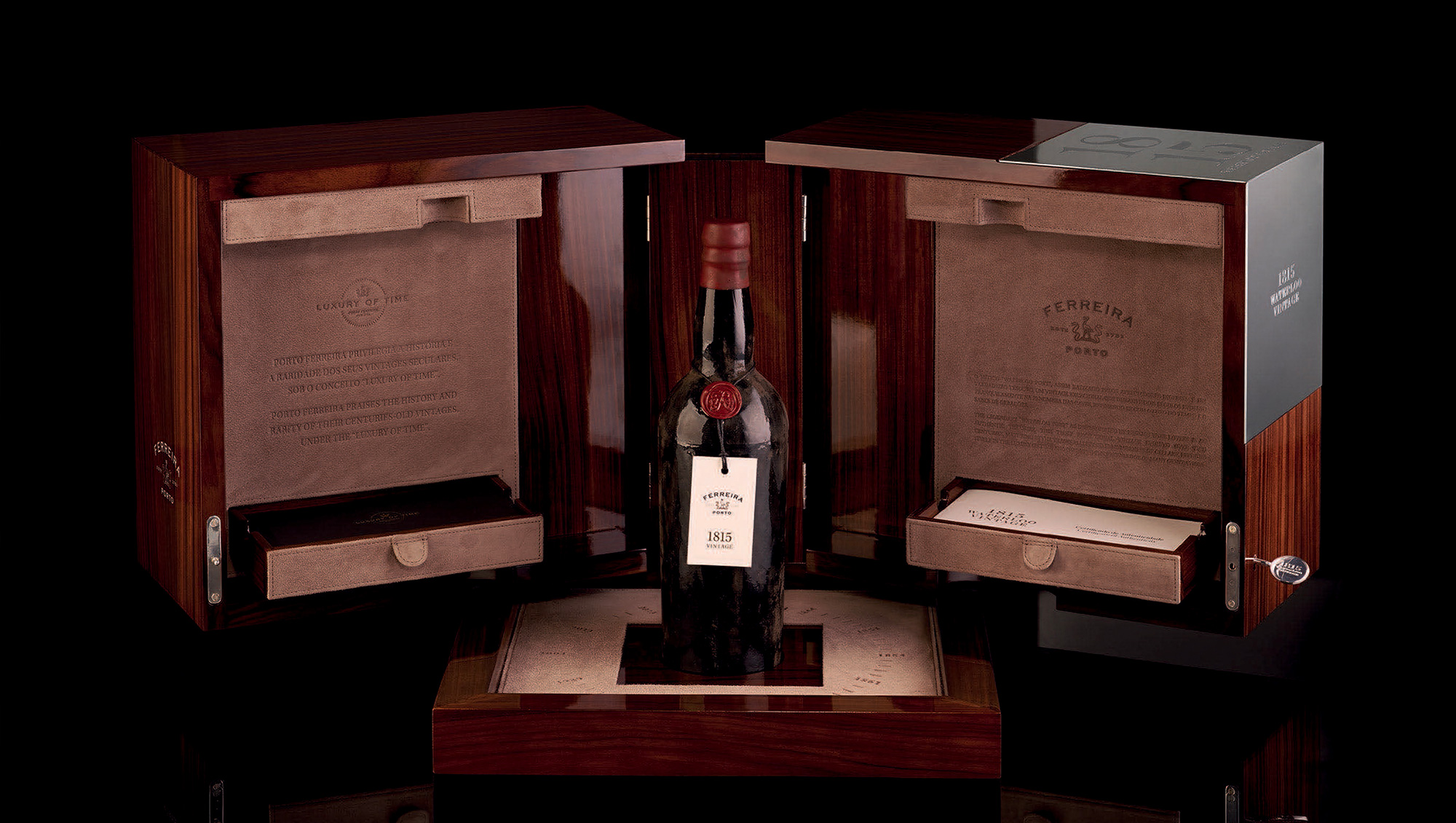Packaging design has evolved from basic needs in the past 100 years. It all began with bottle caps and beverage cartons. Packaging design has evolved to meet different consumer demands. The packaging today is more user-friendly, more environmental-conscious and cost-effective.
Today’s consumer demands have also changed tremendously over the past century, which is why you see so many changes in packaging design as well. Read on to learn about some of the most significant factors that led to today’s packaging design as we know it today.

What is packaging design?
Packaging design is the art of creating the visual look of products and packaging, such as boxes, bottles, bags, labels, and cartons. It involves creating three-dimensional shapes that can be printed or fabricated to create products. It’s a particularly important role in the marketing and sales of consumer goods, as it can affect how consumers perceive the quality of the product being sold.
Packaging designers may work in various departments in a company, such as research, sales, marketing, or human resources. They work under the supervision of buyers and/or sales representatives, who make the business case for new designs.
They follow the industry’s latest trends, creating designs that will appeal to a wide audience and selling the designs to printers and manufacturers. They create the look of the products and help the buyer determine the price and other costs.
Packaging designers’ roles
- Creating the visual look of products and packaging (e.g. boxes, bottles, bags, labels, and cartons).
- Providing the information necessary for consumers to make informed purchasing decisions (e.g. information about the product, its benefits, etc.).
- Ensuring that the product’s quality is upheld (e.g. by using suitable materials, printing methods, etc.).
- Communicating the brand’s image and values to the consumer.
Historical packaging designers
Packaging design has developed alongside the growth of the industry, and the role of the packaging designer has changed to reflect this growth. Ancient civilizations such as the Egyptians and Chinese are often credited with first creating packaging for products. These boxes and jars were made of clay and wood and did not have any practical purpose.
It was not until the 1600s that the first paper-based packaging appeared, designed to protect products and transport them. The first commercially successful packaging for grocery items was created in the late 19th century when confectioners used tin cans as packaging for their candies. The first fruit cans were created in 1891 and milk containers in 1899. Packaging design has come a long way in the last century.
Advances in printing and fabrication technologies have allowed packaging designers to create innovative and high-quality labels and cartons that were previously only dreamt of. Packaging designers have also had to change the way they approach their jobs to adapt to the latest changes in society, particularly the environment. There have been significant developments in plastics and recycled materials, as well as new regulations on materials and emissions.

How packaging design evolved over the years
In the early 1900s, package design predominantly focused on aesthetics. The dominant design themes were symmetry, order and balance, and minimalism. As the 20th century progressed, new packaging requirements were created and new technologies were applied to packaging design to meet these requirements.
With the rise of the automobile and the rise of the soda bottle, designers began to explore the idea of what would happen if they put a label on the bottle. The first ever printed beverage container designers focused on minimalist and symmetrical designs. Stamps, litho printing, and silkscreen printing were used to print designs onto the bottle.
As time went by and consumers’ needs changed, the design requirements in packaging also changed. The printing method had to be updated to meet the new design requirements. The early 1900s also saw the development of the first beverage containers. Soft drinks and milk cartons were introduced during this time to help store and transport beverages.
The evolution of food packaging
Food packaging has undergone some major changes over the years, as well. During the early 1900s, most food packaging was made out of paper. Paper was cheaper than other materials, so food manufacturers had a strong incentive to use it. The lack of safety standards and the fact that paper is not very heat-insulating led to several food-related illnesses. Paper containers also had limited shelf life.
Consumers were often reluctant to buy food that had been sitting on the shelves for a while. With the advent of more heat-friendly plastics in the 1950s and 1960s, a whole new world of food packaging was opened up. Many food companies began to use plastics as their primary packaging material. This was also around the time when the first food containers made out of plastic were introduced.
The micro-packaging revolution: from pet food to cosmetics
Throughout the 20th century, designers continued to work hard to come up with new and innovative ways to package food and beverages. One such development was the rise of the micro-packaging revolution. During the 1960s and 1970s, new technologies that allowed for the production of small-scale packaging for various products took off.
One such example is the production of pet food packaging. With Petfood’s plastic jars and tins, pet food manufacturers were able to create smaller, more portable food containers that were easier to carry around and easier to store. In addition to pet food, cosmetics manufacturers also began to use micro-packaging to create smaller, more portable, and more convenient packaging options.

The digital revolution: from e-commerce to smart packaging
The early 2000s were the beginning of a whole new era in packaging design. Designers began to focus on creating more sustainable and eco-friendly packaging options. This was also the time when the internet was becoming more accessible and popular.
Consumers had more options to choose from when it came to buying products, and they had more knowledge and information at their fingertips. As a result, they also had higher expectations when it came to packaging. With this rising demand in mind, designers had to come up with more sustainable, eco-friendly, and smart options than ever before.
Future trends in packaging design
As the 21st century progresses, we are seeing a shift in consumer preferences toward more natural products. This trend towards natural products will likely continue, and we can expect more innovation in packaging design to meet these rising consumer expectations.
The rising demand for natural products can be seen in the growth of the natural products market. The natural products market is estimated to grow from $200 billion in 2015 to $300 billion by 2020.
Bottom line
The packaging design of today is more user-friendly, more eco-conscious, and cost-effective than ever before. With the growing consumer demand for more natural products, we can expect to see a rise in innovation in packaging design in the coming years. With the rising demand for more sustainable and eco-friendly products, we can expect to see more innovation in packaging design, too.















